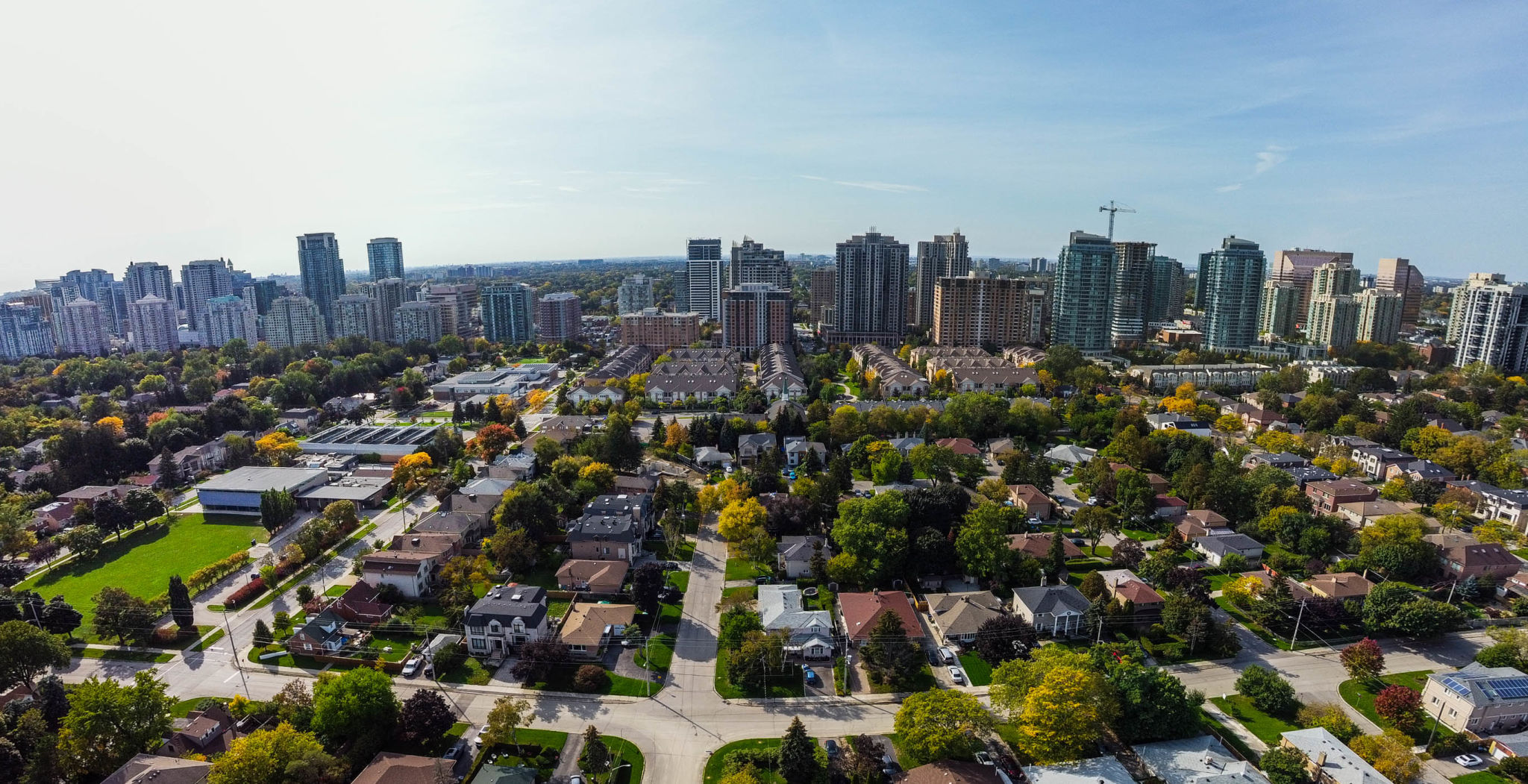Understanding North York’s Traffic Rules: A Guide for New Drivers
Introduction to North York's Traffic System
Driving in North York can be an exhilarating experience, especially for new drivers. With its bustling streets and diverse neighborhoods, understanding the traffic rules in this vibrant part of Toronto is essential for ensuring safety and compliance. This guide will help you navigate the roads with confidence and ease.
North York, as part of the Greater Toronto Area, follows Ontario's provincial traffic regulations. However, there are specific nuances and local bylaws that drivers should be aware of to avoid penalties and ensure a smooth driving experience.

Speed Limits and Traffic Signals
One of the first things new drivers must familiarize themselves with is the area's speed limits. In North York, the standard speed limit on residential streets is 40 km/h, unless otherwise posted. On major arterial roads, the speed limit usually ranges from 50 km/h to 60 km/h. Always keep an eye out for signage indicating speed limits as they can change frequently.
Traffic signals in North York adhere to the universal red, yellow, and green lights. It's important to remember that a flashing green light indicates an advanced green, allowing you to make a left turn safely before oncoming traffic proceeds. Pay close attention to pedestrian crossings and be prepared to stop when necessary.
Parking Regulations
Parking in North York can be challenging due to high demand and limited space. It’s crucial to understand the parking regulations to avoid fines. Residential streets often have permit parking zones, and it's necessary to obtain a permit if you plan on parking there regularly.

Be mindful of time-restricted parking areas, especially in commercial zones where demand is high. Pay attention to signage indicating hours of operation and ensure you move your vehicle at the designated times to avoid towing or ticketing.
Roundabouts and Intersections
Roundabouts are becoming increasingly common in North York as they help improve traffic flow and reduce accidents. When approaching a roundabout, yield to traffic already circulating and enter when it's safe. Always signal your intentions when exiting the roundabout.

Intersections can be complex, especially during peak hours. At intersections without traffic signals, remember that vehicles on the right have the right-of-way. Always come to a complete stop at stop signs and proceed only when it's safe.
Bicycle Lanes and Pedestrian Crossings
North York is promoting environmentally friendly transportation options by expanding its network of bicycle lanes. As a driver, it's crucial to be aware of these lanes and provide cyclists with adequate space. When turning, always check for cyclists approaching from behind.
Pedestrian crossings are common in busy areas, especially near schools and shopping districts. Always yield to pedestrians at marked crosswalks and be vigilant for unmarked crossings where pedestrians may assert their right-of-way.
Conclusion
Understanding North York's traffic rules is fundamental for new drivers looking to navigate the city safely and efficiently. By familiarizing yourself with speed limits, parking regulations, roundabouts, and more, you'll be well-equipped to handle the challenges of driving in this dynamic region. Stay informed and drive responsibly!
